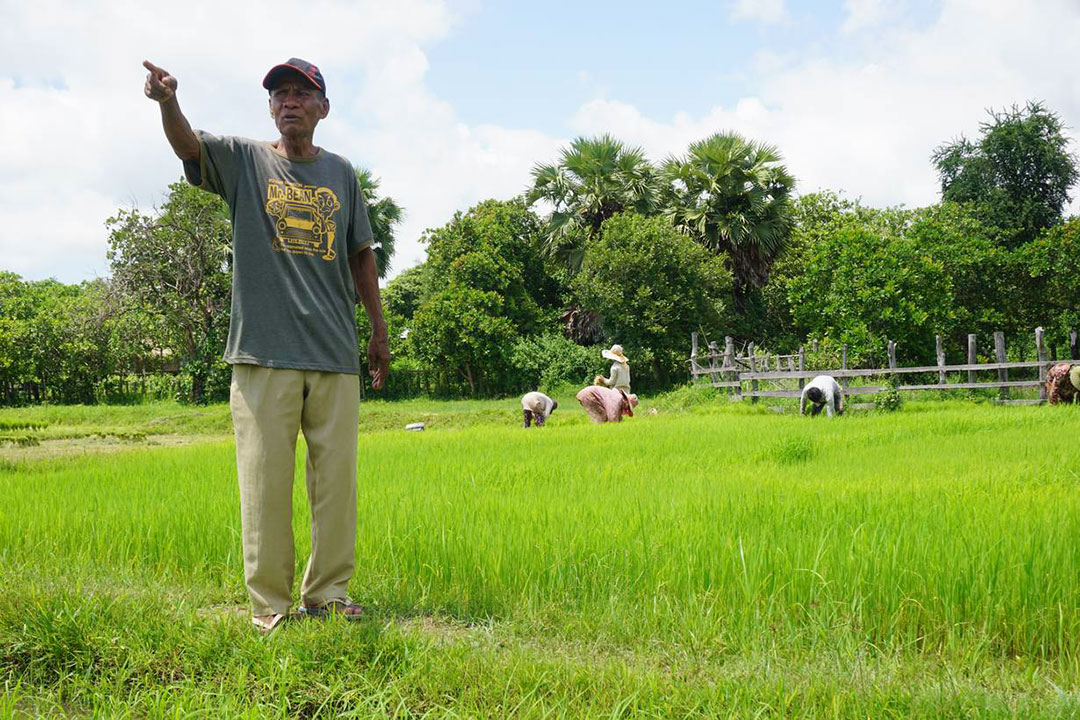Cambodian rice supply seen hindered by logistics

By Adrian H. Halili, Reporter
ANY RICE that Cambodia can supply to the Philippines will face obstacles like weak logistics and limited volumes, but may nevertheless be significant from the point of view of addressing food security worries, analysts said.
Raul Q. Montemayor, national manager of Federation of Free Farmers said in a Viber message that over the short term, “rice from Cambodia will not be significant nor will it have a large impact on prices and supply.”
He cited constraints like Cambodia logistics and milling capacity, even with significant rice production of about 6 million metric tons (MT) in 2023.
On Monday, President Ferdinand R. Marcos, Jr. expressed interest in engaging with Cambodia on a rice deal to address the possibility of reduced domestic production due to El Niño.
Cambodia is a long way from providing the kind of volumes that Myanmar, the Philippines’ third-largest supplier, can ship, Mr. Montemayor added.
“Next to Vietnam and Thailand, Myanmar is our third-largest supplier, despite the fact that we do not have good diplomatic ties with the country,” he added.
Cambodia supplied the Philippines around 3,615 metric tons of rice in 2023, according to the Bureau of Plant Industry (BPI), about 0.1% of rice imports.
Rice from Myanmar amounted to 151,183 MT that year.
Mr. Montemayor said that the government appears to be trying to diversify its sources of rice and reduce its dependence on Vietnam and Thailand.
The government weather service, known as PAGASA (Philippine Atmospheric, Geophysical and Astronomical Services Administration), has said that up to 80 provinces may be affected by El Niño.
Last month, Vietnam agreed to supply 1.5 million to 2 million MT of white rice to the Philippines through its private sector at “competitive and affordable prices.” About 40% of Vietnam’s rice exports are shipped to the Philippines.
Bruce J. Tolentino, a Monetary Board member, said the additional sources of grain nevertheless boost food security.
“Cambodia is a relatively small country, and its exports are not that large. But any additional supply on an assured and reliable basis adds to food security,” Mr. Tolentino said in a Viber message.
“Trade deals that enable regular and reliable food supplies, especially of our staple rice, provide reassurance to our people that their food security is protected,” he added.
The Philippines is expected to remain the largest importer of rice in the world, according to the US Department of Agriculture (USDA). The USDA projects rice imports of 3.9 million MT in 2024, with production unable to keep up with demand.
Rice imports for the year have amounted to 635,817.44 MT as of Feb. 22, the BPI said.
The Department of Agriculture projects that palay (unmilled rice) production will hit 20 million MT this year.



